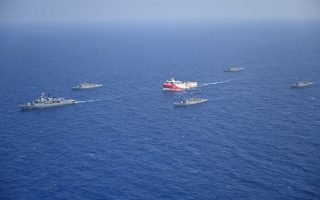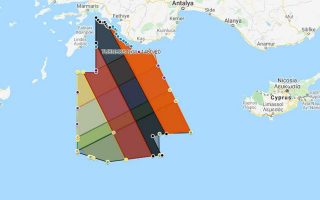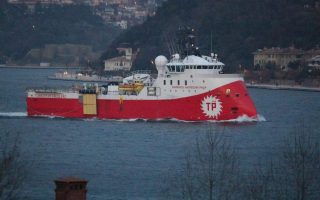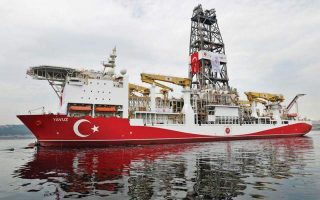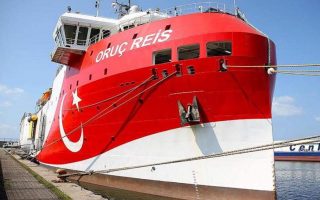EastMed pipeline viability under scrutiny
Uncertain funding and EU climate change policy could stand in way of ambitious project
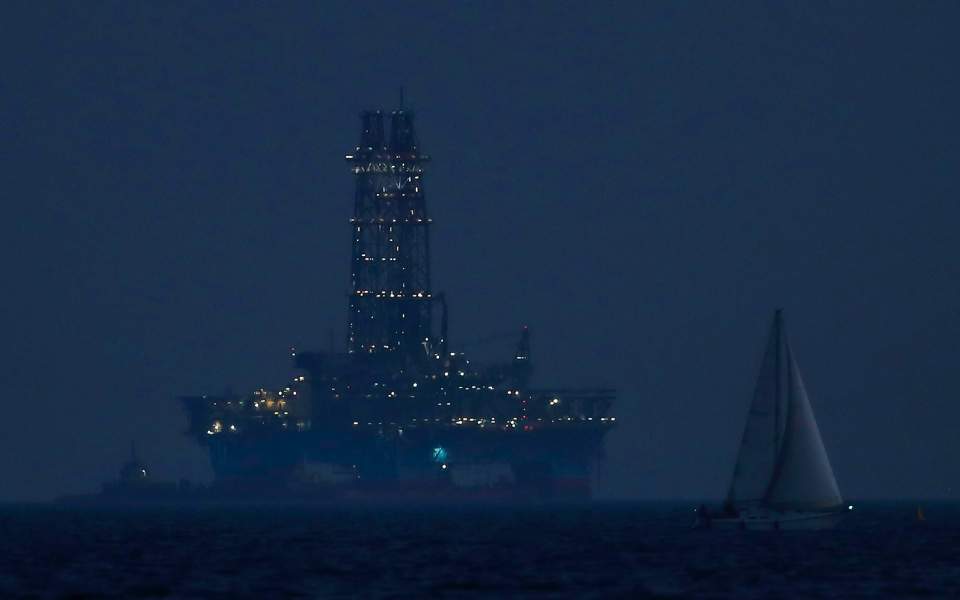
The construction of the EastMed pipeline, which would reduce the European Union’s dependence on Russian gas, could turn out to be no more than a pipe dream as its economic viability is increasingly coming under question.
The 1,250-kilometer underwater pipeline to bring gas from Israel, Egypt and Cyprus through Greece to the European Union has provided a political narrative for the states that will work together to realize it; however, the numbers are at risk of not adding up.
While its budget ranges from 6 to 10 billion euros, the minimum quantities of certified gas deposits have not been secured, raising questions as to whether it can pay for itself.
To make matters worse, European climate change policies under development provide for a zero carbon footprint by 2050.
A possible abandonment of the EastMed project would lead to the activation of Greek and Cypriot commercial shipping for the transport of gas by special vessels (LNG carriers) to European and Asian terminals.
The issue of financial viability is not lost on Mikhail L. Myrianthis, energy expert and member of the advisory committee of the Hellenic Foundation for European & Foreign Policy (ELIAMEP) think tank.
“The first and main condition for the creation of an interconnection gas pipeline between Greece and Egypt is the proof of its economic viability,” he wrote in an article for the Greek edition of Kathimerini, adding that the project has similarities with the Turkish-Austrian Nabucco pipeline which was ultimately abandoned.
“A project of enormous size and importance, analogous to the current EastMed or Nord Stream I & II, its implementation would decisively upgrade Turkey’s energy and geopolitical role,” he said, while also noting that both the EastMed and Nabucco pipelines envisioned the reduction of EU energy dependence on Russian gas.
The two pipelines, with respective flow rates of 10-23 billion cubic meters per year and 10-20 bcm/y, are politically supported by the EU, US and international credit institutions such as EIB, EBRD, IFC etc.
Another common feature, Myrianthis noted, is their huge budgets, with the 1,329-kilometer Nabucco in the range of 8-10 billion euros and the 1,250 km EastMed (underwater route only) in the range of 6 billion euros. “The estimate of 6 billion euros is clearly underestimated. Costs similar to Nabucco, which had no extra costly underwater links, are more realistic,” he said.
